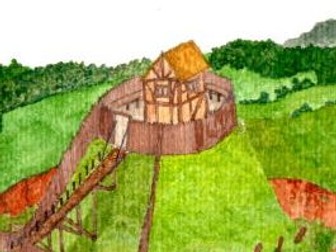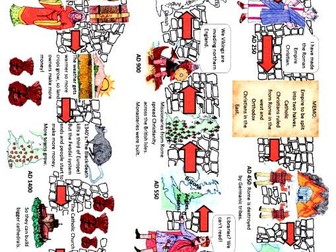
Levelled commment bank for comment based marking.
When we complete our comment based marking we need to think about what we are going o ask the pupils to do next to try and improve their work and make progress. I have created a bank of ideas that are levelled. They are based on history ideas but they can be added to, so I have made this a word rather than a pdf document. The idea would be to reduce to A5, laminate and have on the desk whilst assessing work. This works well with the yellow box idea of DIRT and feedback. Let me know if this is useful.
I have added 'What you have done well' and 'What I was looking for' sections on the second page. These are the first two parts to my comment based marking.

